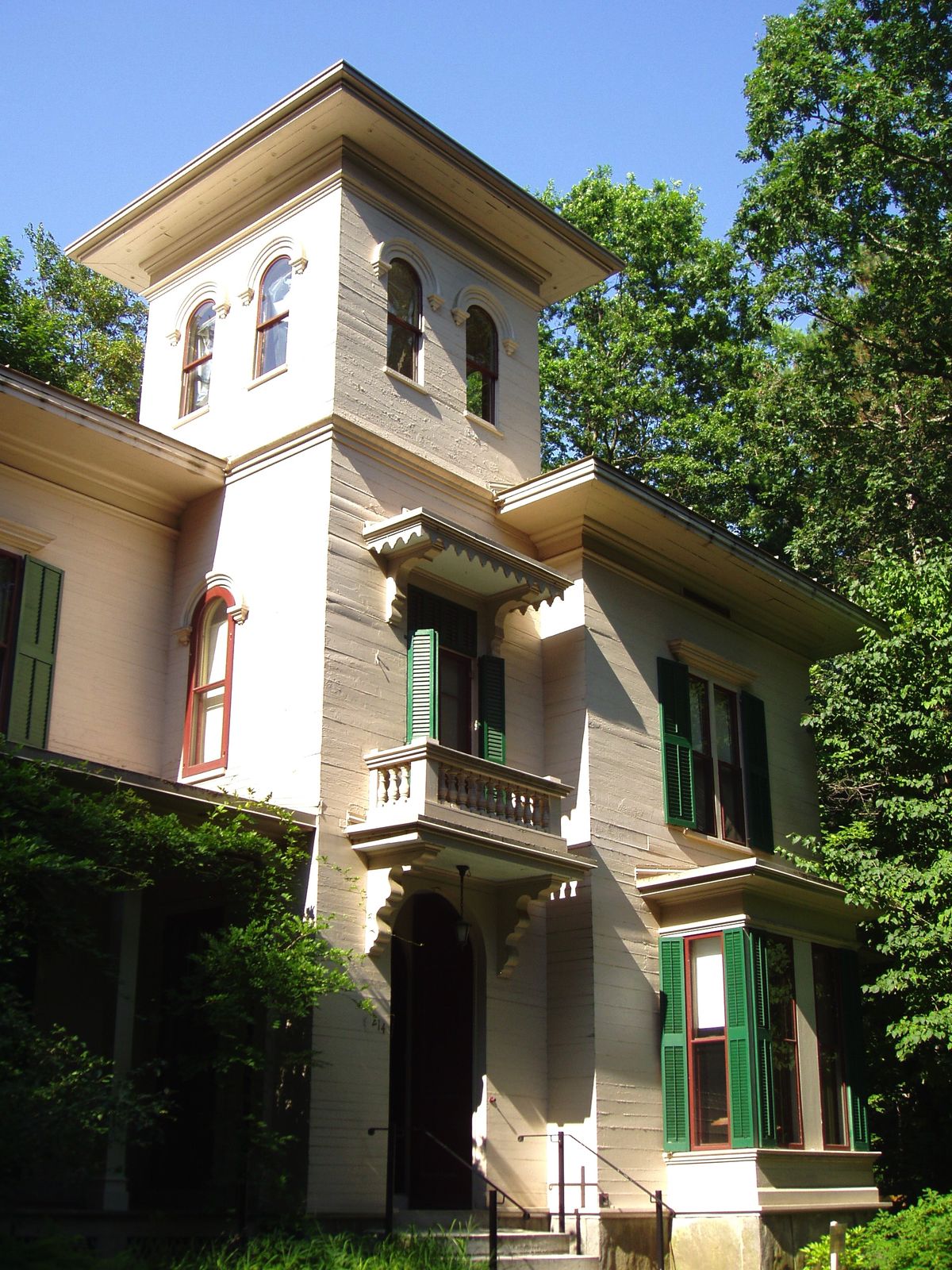Dickinson Museum Undergoing $2 Million Renovation During Coronavirus Closure

On Feb. 17, The Emily Dickinson Homestead, purchased by the college in 1965, announced that it will be embarking on its most significant restoration project to date. The $2 million project aims to revert the museum’s home and ground to the way it looked when the namesake poet was alive in the mid-nineteenth century. The museum will close its doors to the public until the project’s expected completion date in March 2022.
The Dickinson property was the birthplace and home of American poet Emily Dickinson, and is owned and overseen by the trustees of the college and is superintered by an independent 18-person board of governors. About half of the museum’s board of governors has close ties to the college as alumni or faculty, including current and former board members who have also been college trustees.
Additionally, Dickinson’s family has a crucial connection with the founding of the college and development through its first century. These groups are jointly in charge of the operations, management and upkeep of the homestead and also The Evergreens, the home of Dickinson’s brother. The Dickinson Homestead is a member of the Museums10, a collaboration of ten museums linked to the Five Colleges.
The restoration project is funded by the National Endowment for the Humanities on behalf of the late William McCall Vickery ’57. Vickery was a board member and ongoing champion of the museum. His gift, and the museum’s enduring closure due to Covid-19, encouraged the board of governors to begin the renovations now. In light of the long-lasting renovation period, the museum will offer online programs for continued engagement.
“The motivation [behind this project] is to restore this National Historic Landmark, and home of one of America’s greatest poets, to its period of historic significance,” said Patrick Fecher, the communications manager at the museum. “It will not only triple the amount of restored space in the homestead accessible to guests, but also add critical details to their understanding of Dickinson’s daily life, especially as we introduce exciting new programs and interpretive themes in the coming years as part of our long range plan.”
The plans for restoring the homestead, which was built by Dickinson’s grandfather in 1813, were developed by Mesick Cohen Wilson Baker Architects. The team worked to fashion the bedroom, conservatory, family library and heirloom orchard so that they are true to their original styles but interactive. The home will be transformed so that visitors can have personal and engaging interactions with the authentic version of the poet’s home.
Fecher stated that “The museum is committed to providing visitors with an increasingly authentic experience of the homes and grounds inhabited by the Dickinson family, and this restoration will have a profound impact on that experience.”
The project is launching in correspondence with a revived interest in the Dickinson story. Thousands of people from over 70 countries have attended the virtual programs offered by the museum in the past six months. The recent wave in interest is largely due to recent mentions of Dickinson in the public eye and pop culture: specifically, Taylor Swift’s New Album: Evermore, the work of Nobel Prize winner Louise Gluck and philanthropist Mackenzie Scott and Apple TV’s hit new series “Dickinson.”
Intricate details of Dickinson’s original home will be added during the restoration. Historic decorative arts consultant Maylou Davis will provide finishes and decor that mimics the nineteenth-century style of the homestead. The ultimate goal is that during a visit, guests will be able to immerse themselves in the home that Dickinson knew when she was alive.
In an interview with The Student, Davis said, “I have read and studied over 800 pages of research on paints analysis, building structure, architectural assessment and furnishings report plans for the initiative. Also, I read biographies written of Emily Dickinson from authors such as Gordon, Habegger, Sewell, Ackmann, Longsworth and Kirk.”
Based on her research, Davis plans to finish three spaces within the home: the Upper and Lower Hall, Parlor and Northwest Bedchamber. After planning is done, she will complete three major tasks: reproduce three period-appropriate floorcloths for the lower hall and transverse hall and upper hall, do conservation treatment on original decorative paint work found in the entry hall and work on original front and rear doors in entry hall and, finally, oversee media and the application of paint finishes and window installation.
In addition to reviving the home’s architectural features — such as finishes and furnishings — the project also looks to introduce new environmental regulating systems in the homestead and The Evergreens. These new heating and cooling systems will control the temperature and humidity of the home to protect its invaluable collections. The hope is that installing behind-the-scenes mechanical systems will allow the museum to focus on its long-term stewardship, preservation and educational goals.





Comments ()